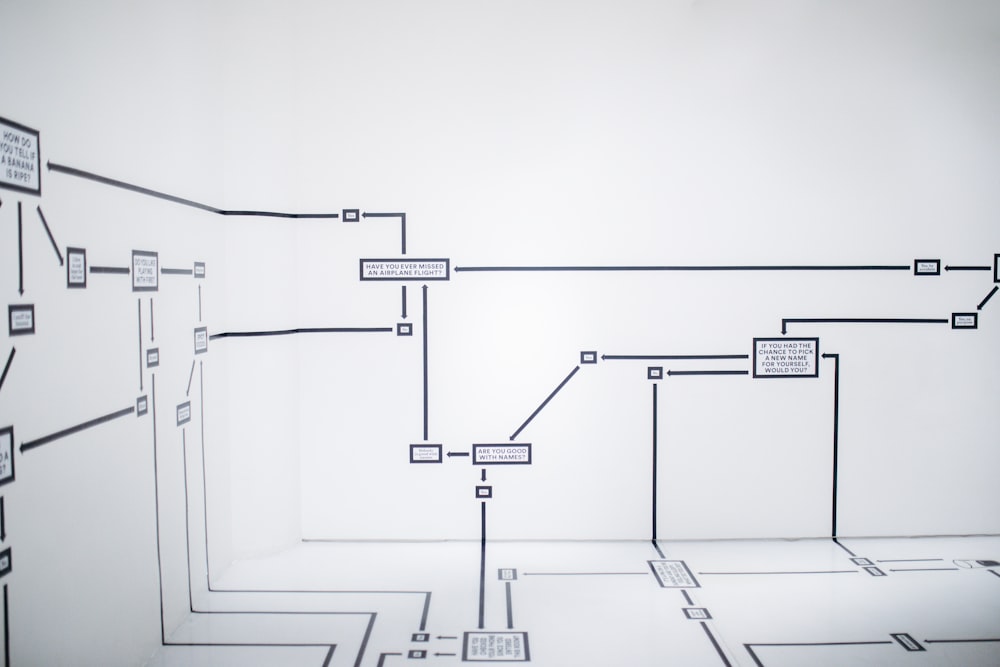How artificial intelligence is created
15 January 2024
In recent decades, artificial intelligence (AI) has become a key technology that is transforming our society and even the way we live and work. From gaming applications and personal assistants to autonomous driving systems and medical diagnostics, AI is becoming a necessity in a variety of industries. But how is artificial intelligence created? Let's take a look at the process from idea to implementation.
1. Understanding artificial intelligence
Before you start the process of creating artificial intelligence, it is important to have a deep understanding of the concept of AI. Artificial intelligence refers to the ability of computer systems or programs to solve mental tasks that normally require human intelligence. This includes speech recognition, natural language processing, contextual understanding, and many other aspects.
2. Define the goal and objectives
Before you start implementing, you need to clearly define the purpose of your artificial intelligence. Is it going to be a system for solving specific tasks, or do you want to create an AI that can perform various tasks?
Photo by Jo Szczepanska on Unsplash
3. Data collection and analysis
Most artificial intelligence systems are data-driven. Collect large amounts of data that are relevant to your goal. Then perform in-depth analyses of this data, identifying relationships and patterns that can be used to train your system.
4. Develop algorithms and models
Based on the selected machine learning techniques, develop appropriate algorithms and models. These models will be used to make predictions and decisions based on the data you provide.
Photo by Hanna Morris on Unsplash
5. Training and optimisation
Train your models using the data you have selected. After training, optimise to improve the performance and accuracy of the system.
6. Integration and testing
Integrate the developed system into your application or platform and perform extensive testing. Ensure that your artificial intelligence works efficiently and safely.
Photo by John Schnobrich on Unsplash
7. Continuous improvement
Artificial intelligence never stands still. Continuously improve your system by adding new data, optimising algorithms, and responding to changing user needs.
Building artificial intelligence is a complex and exciting process. With the right approach and resources, you can realise ideas that previously seemed impossible. Keep in mind the ethical and security aspects of AI development, and your development can bring invaluable benefits to society.



